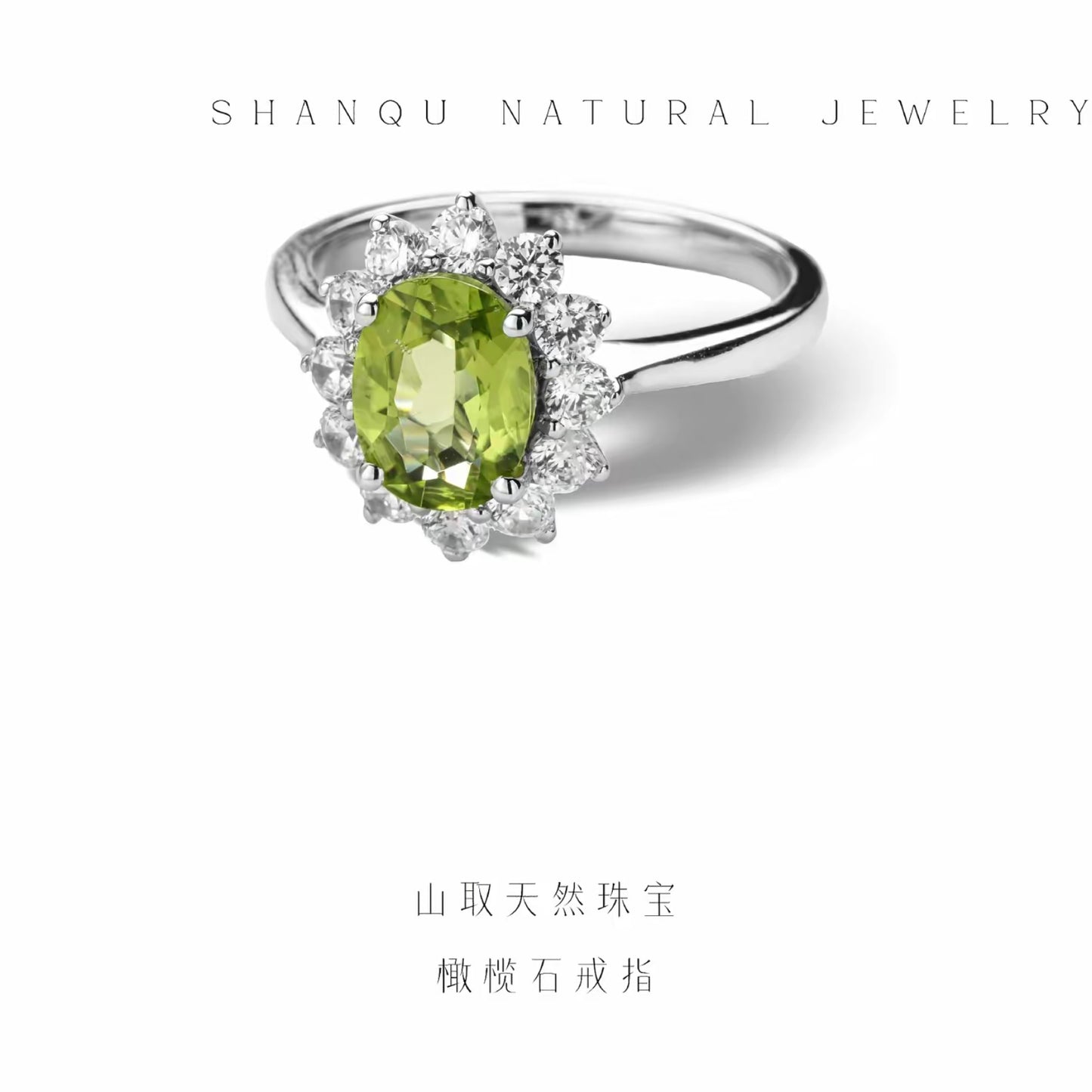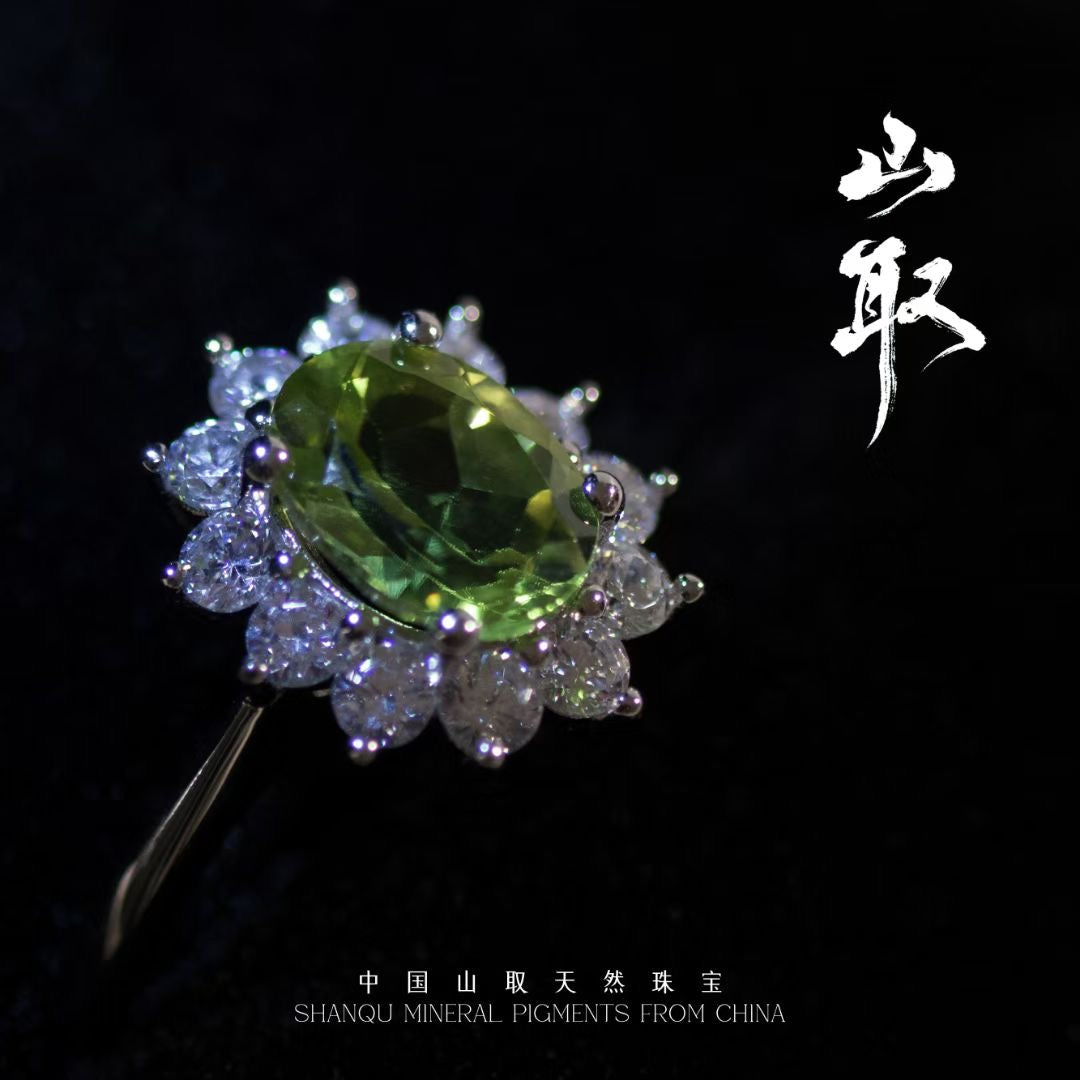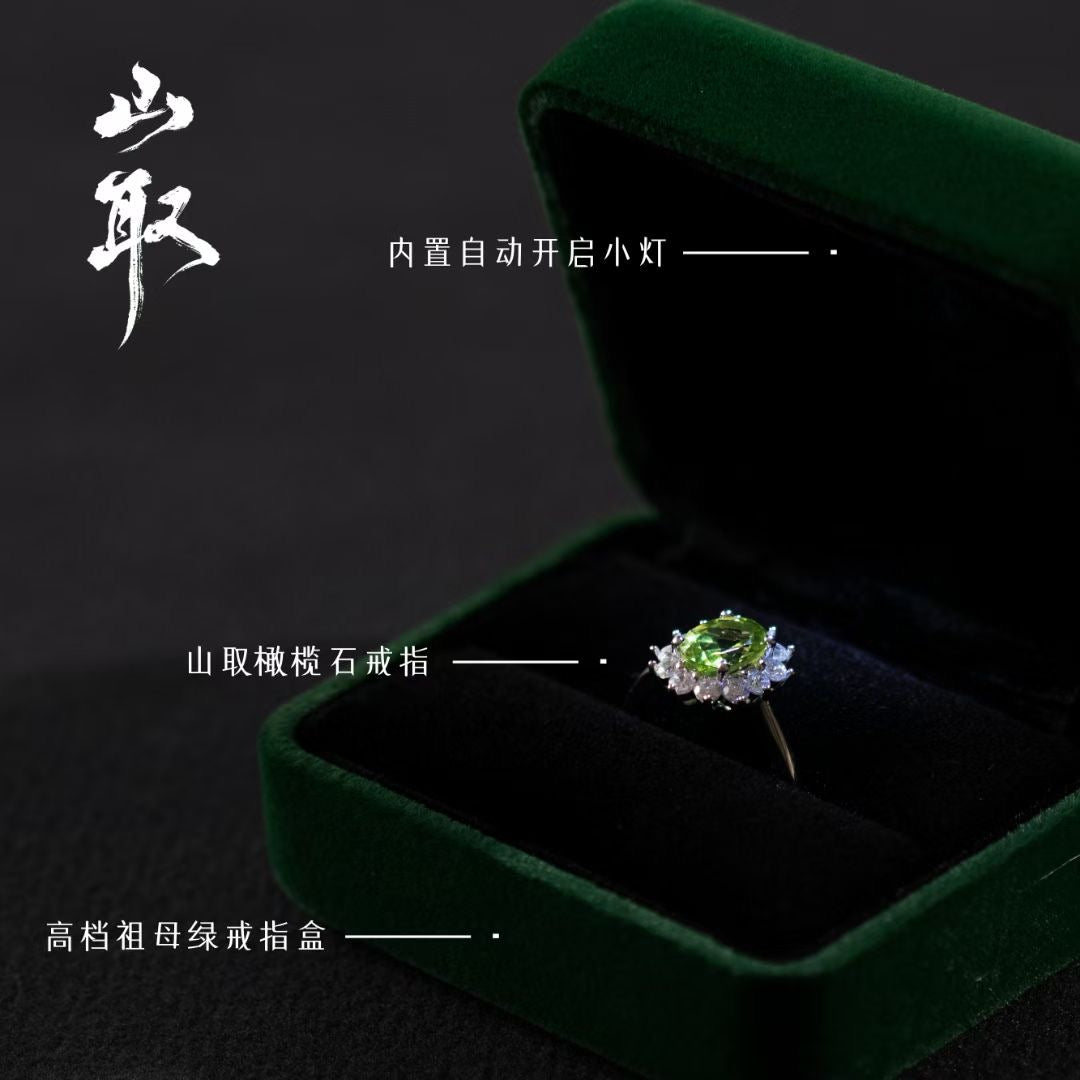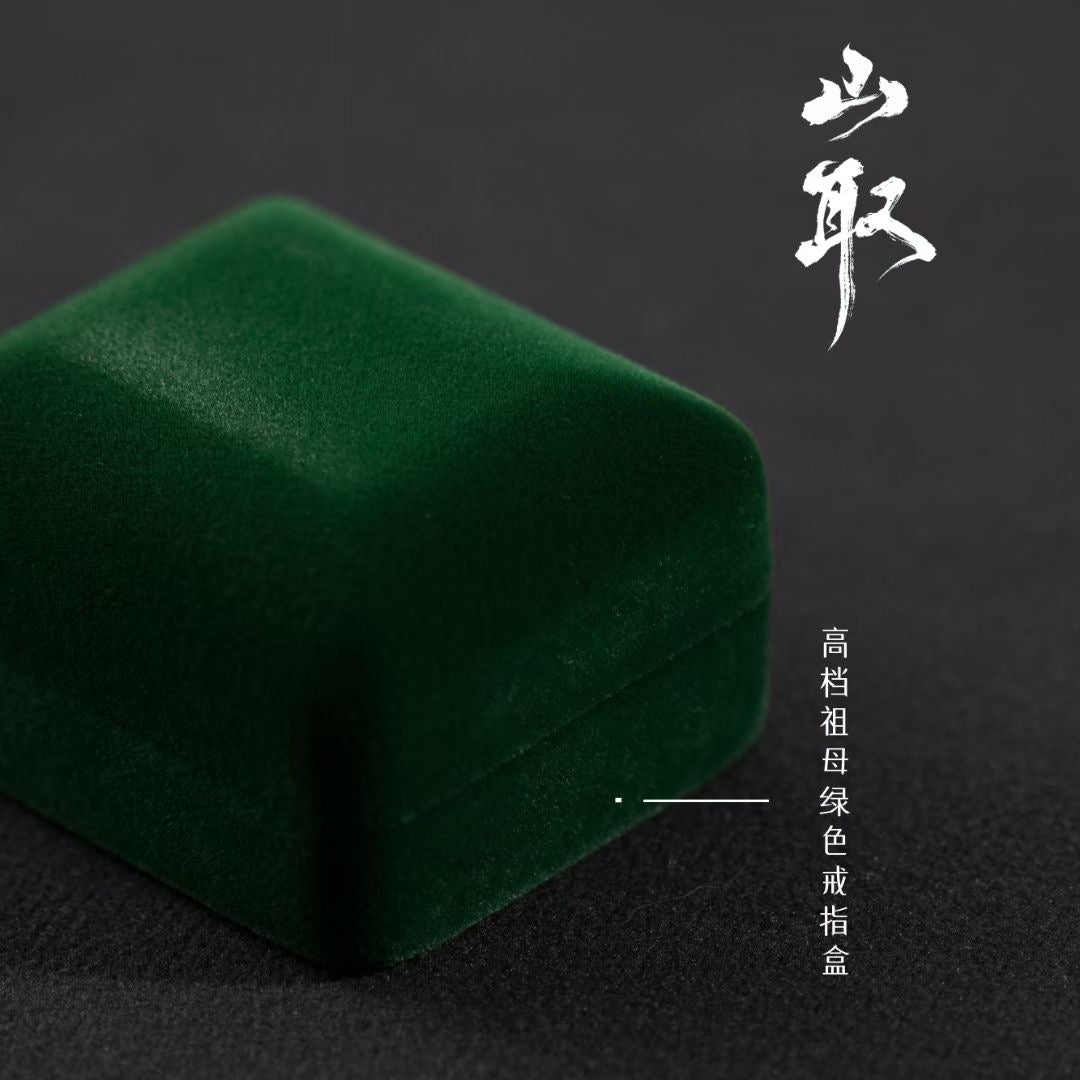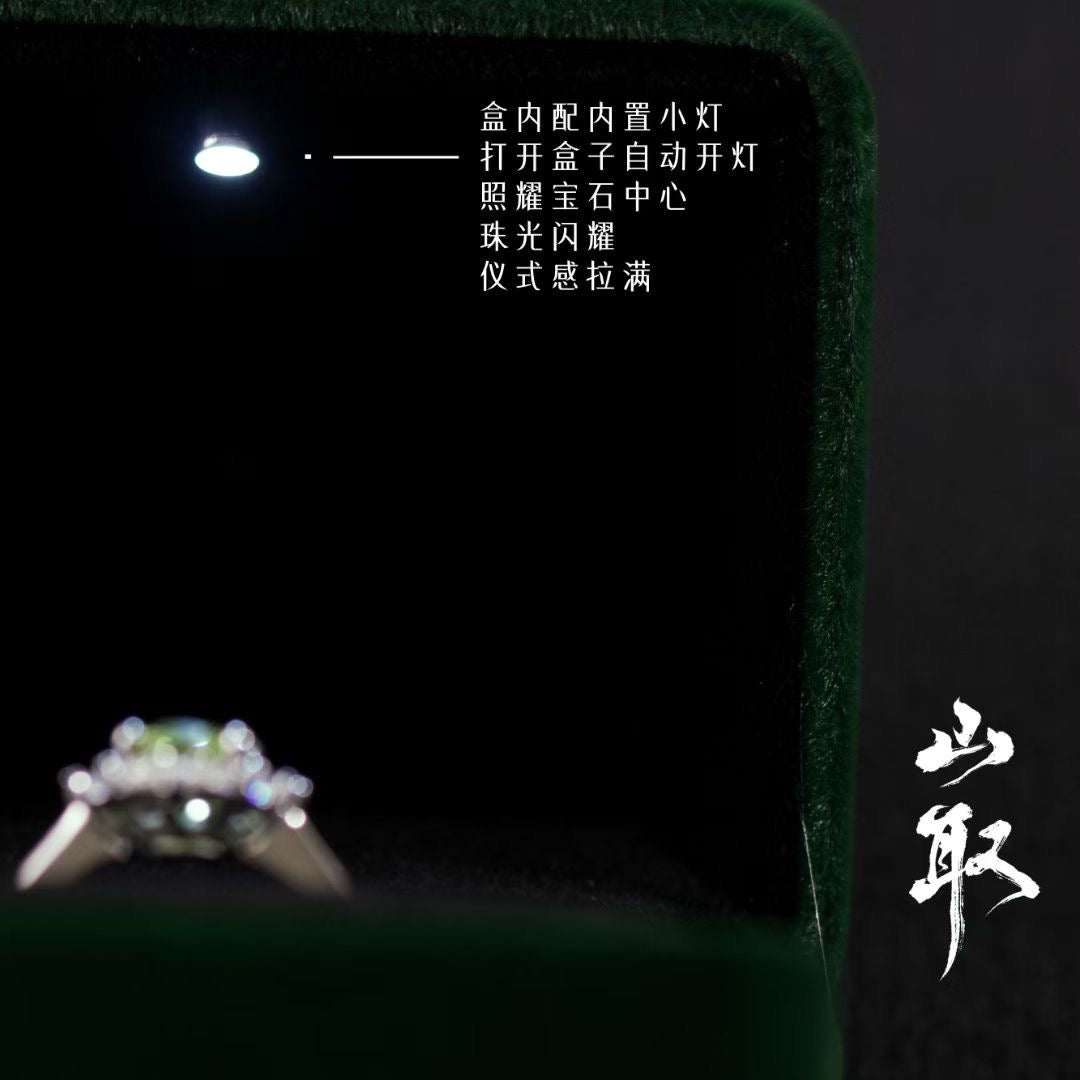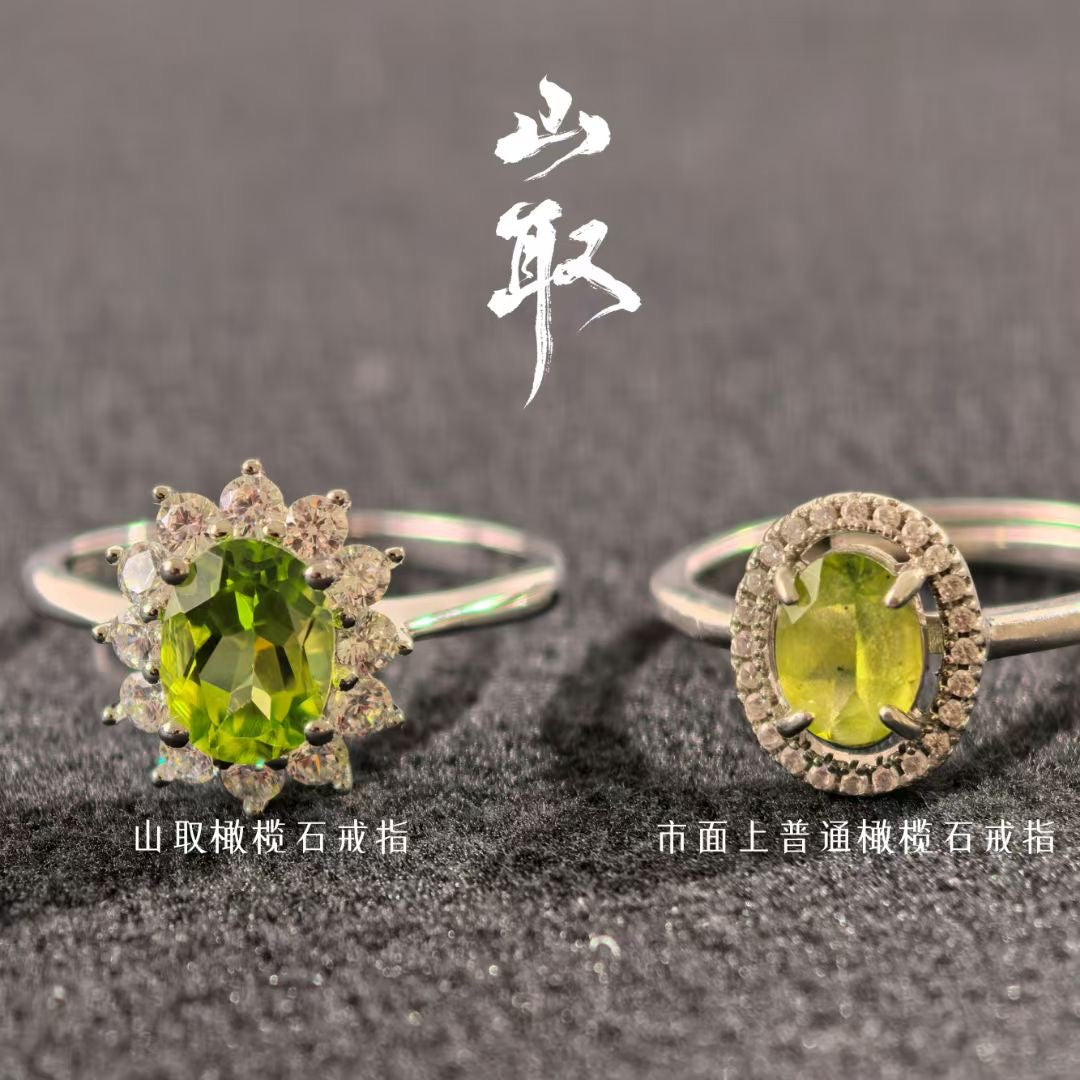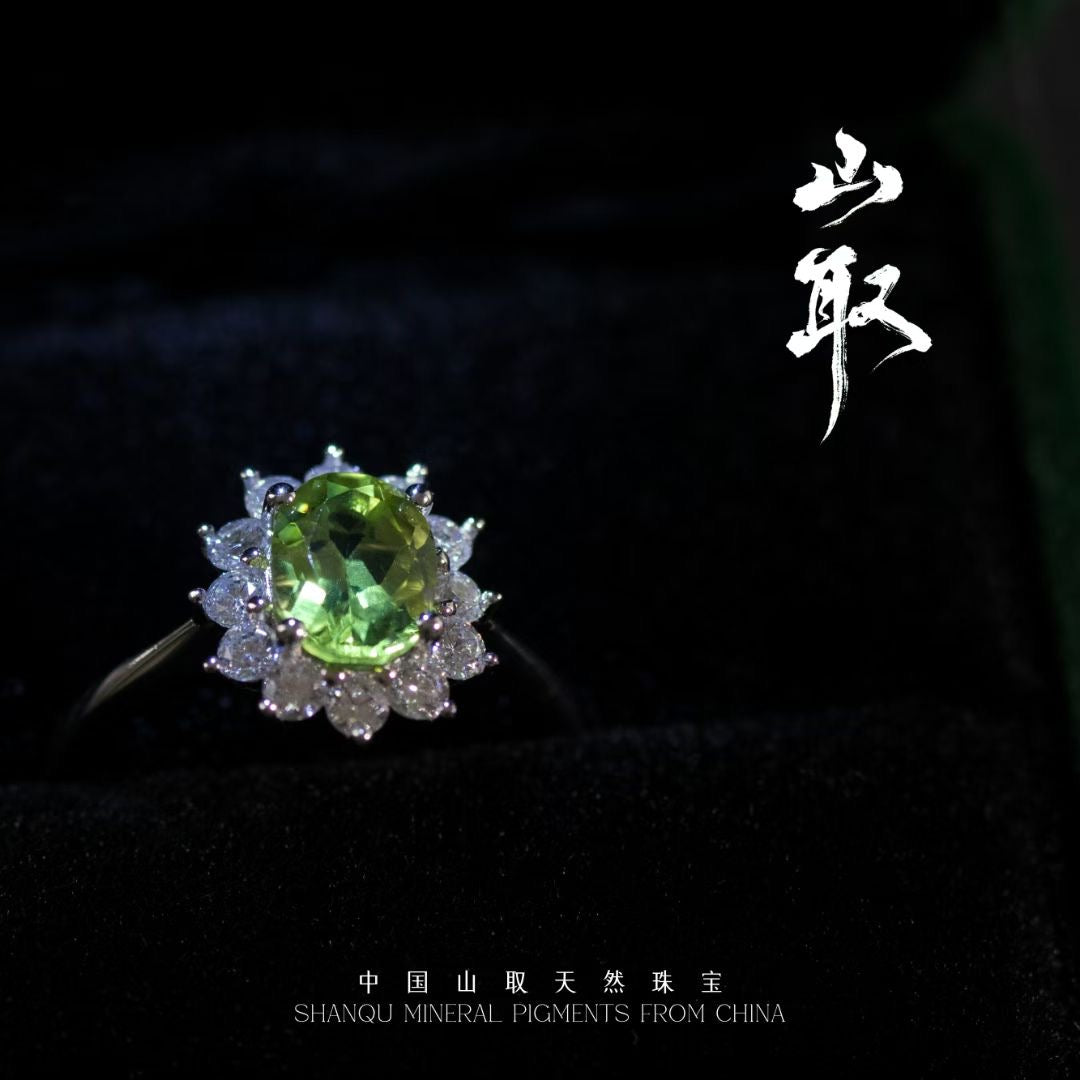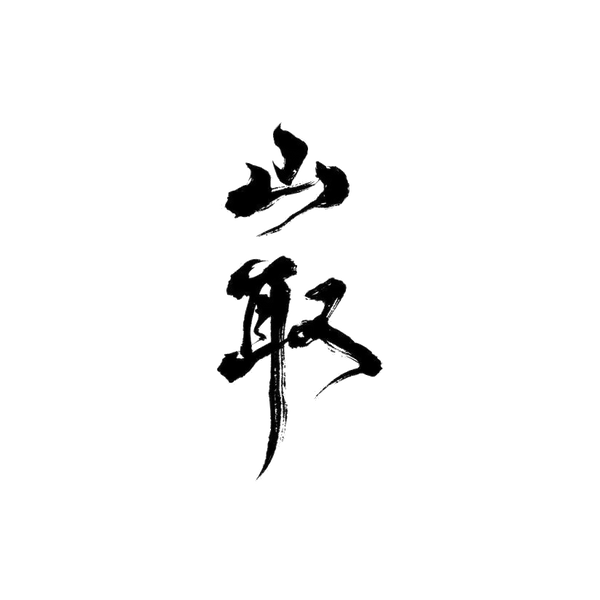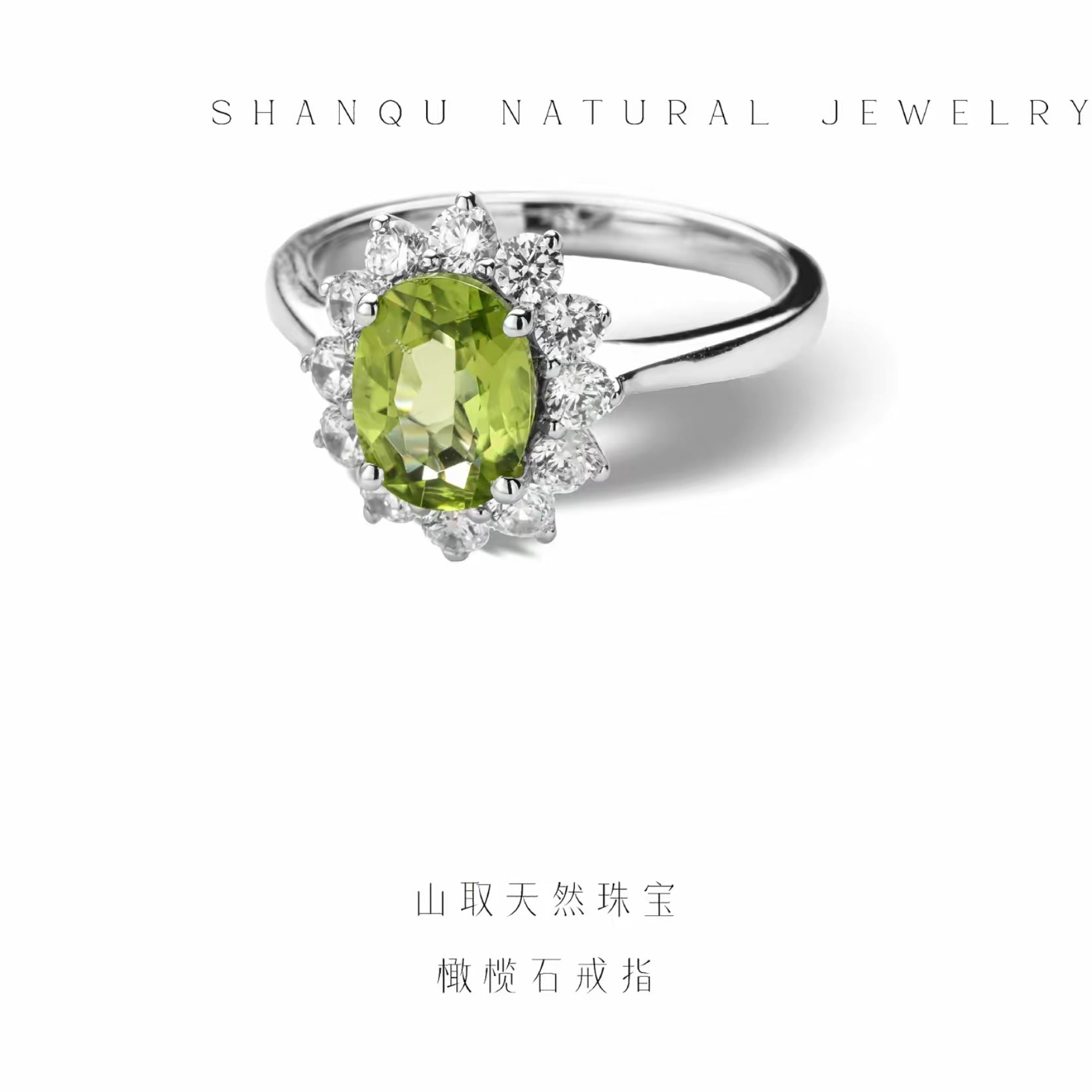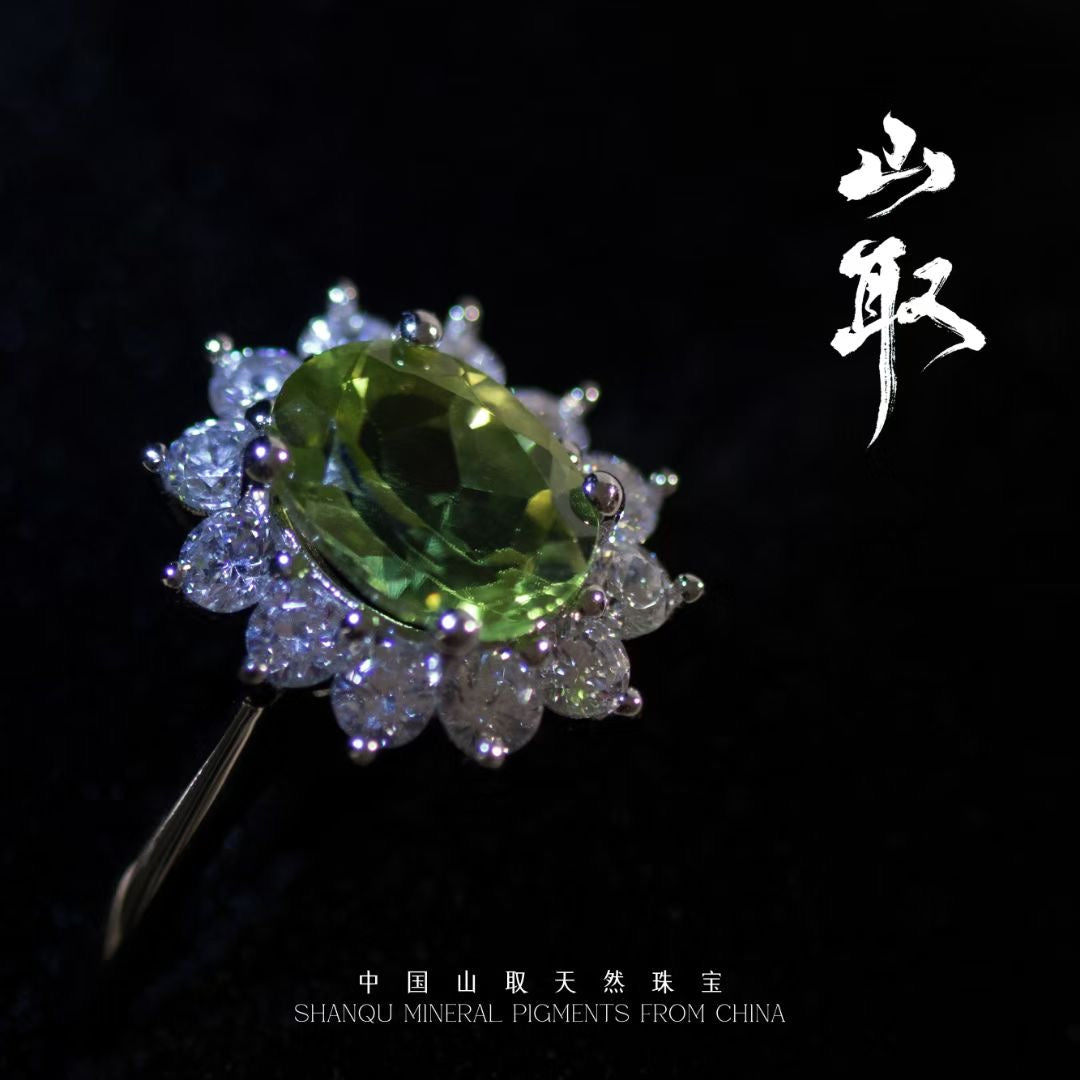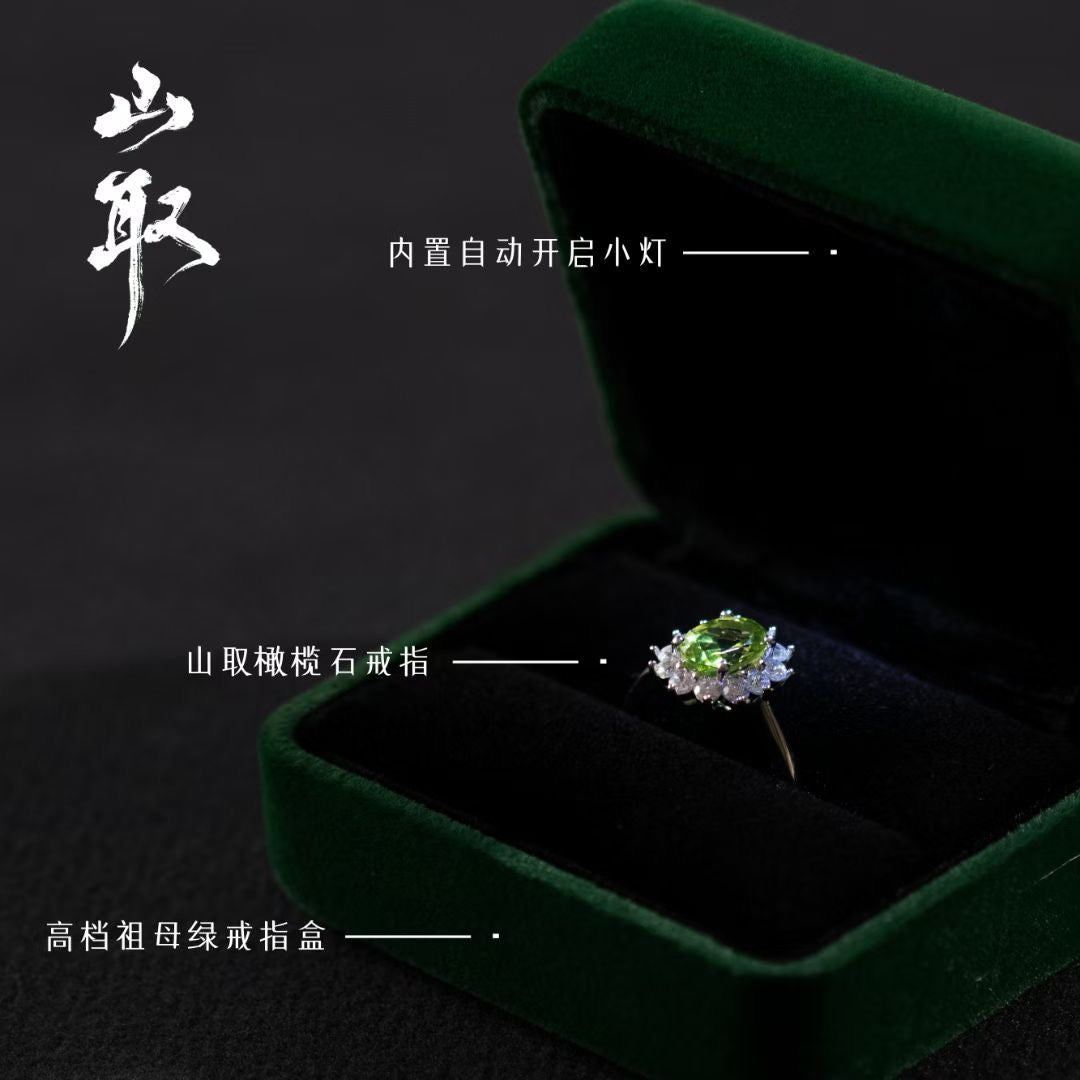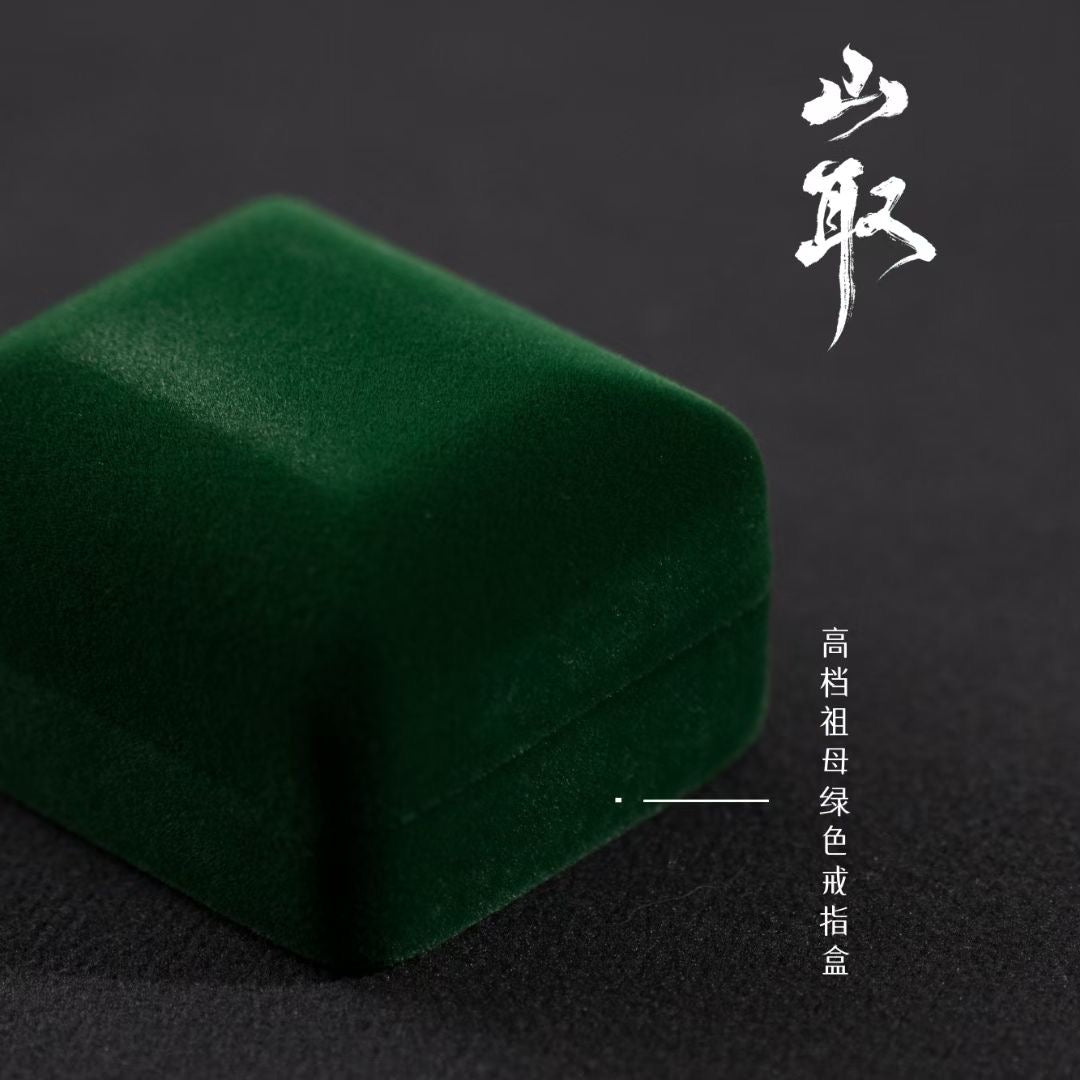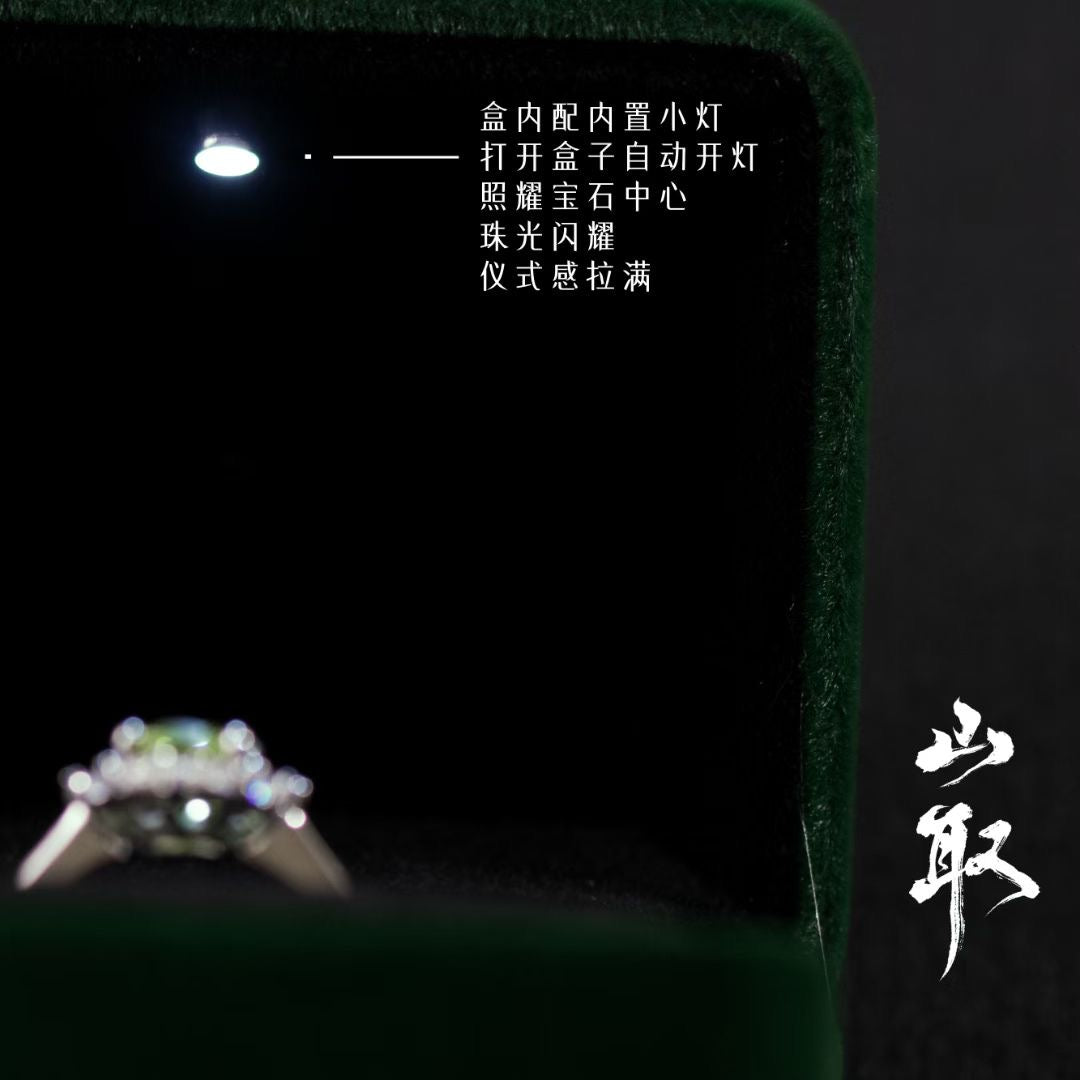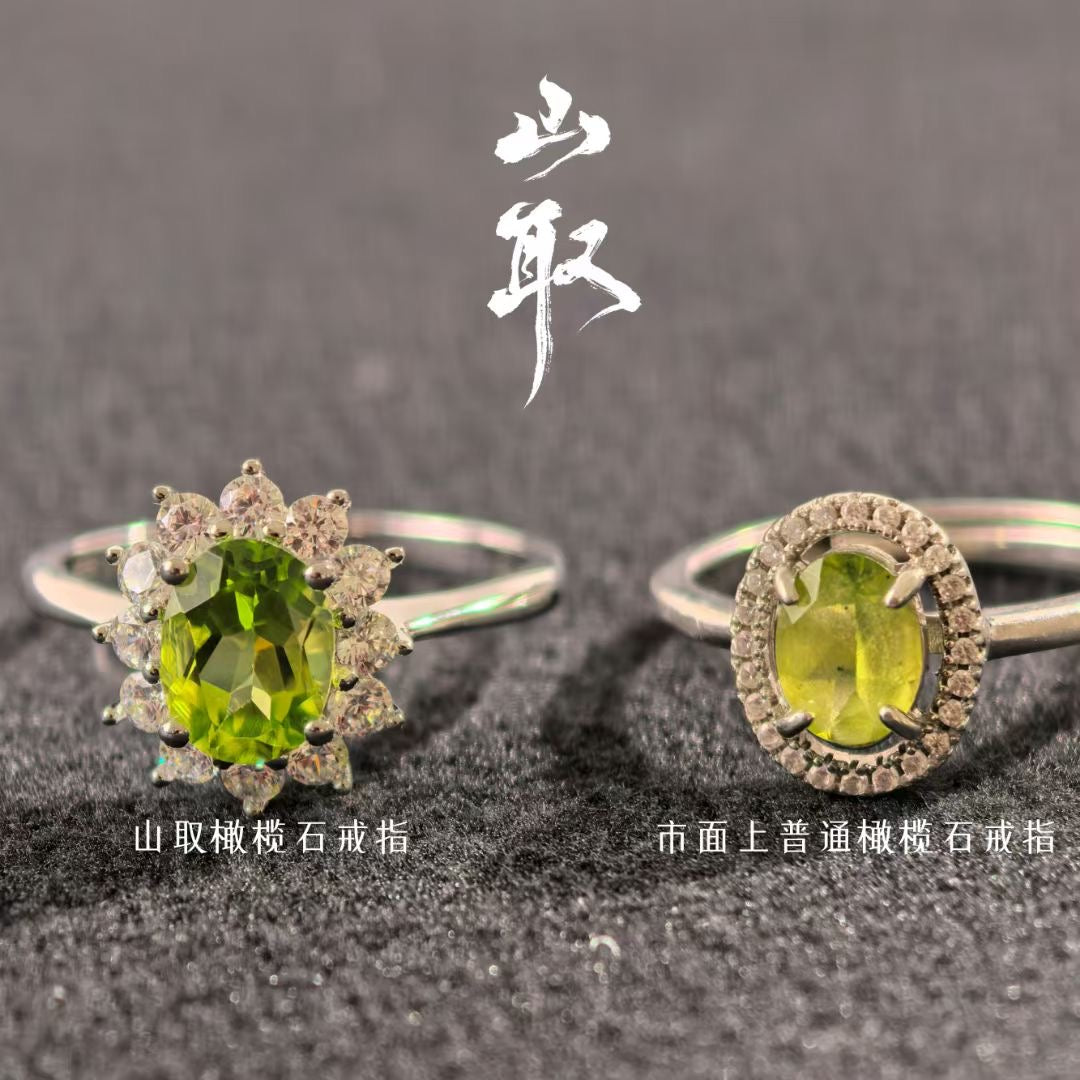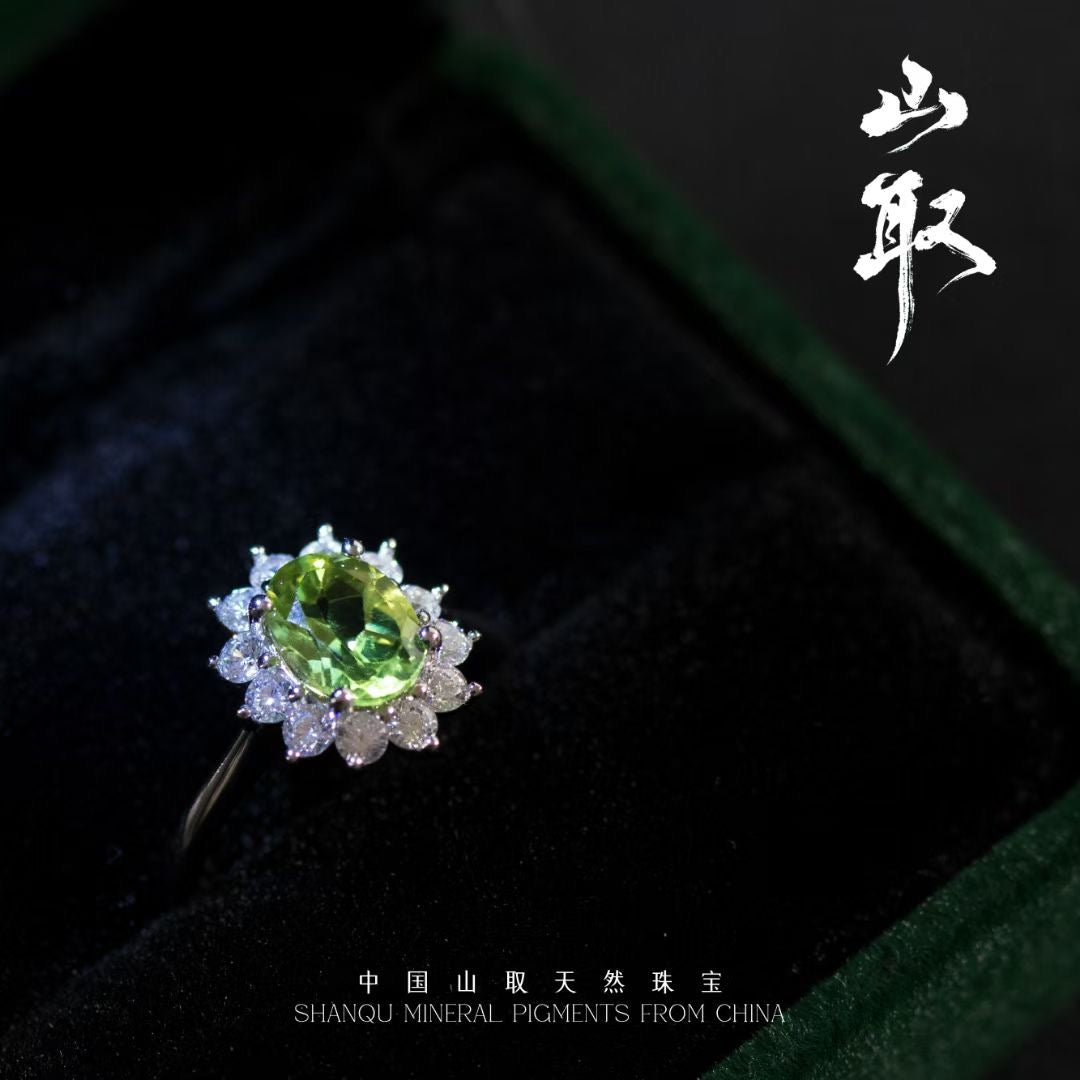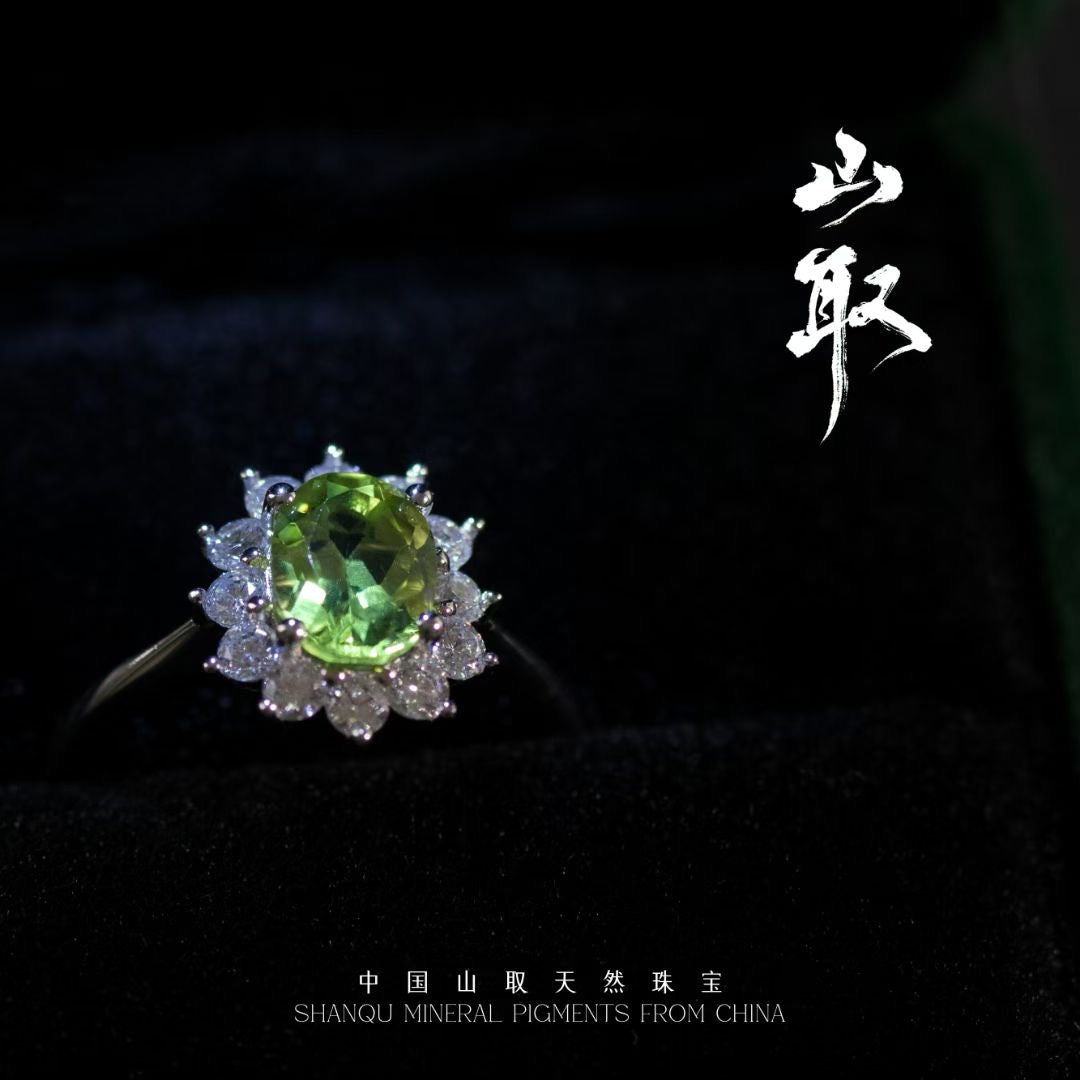Shanqu pigment
Peridot ring
Peridot ring
无法加载取货服务可用情况
Related story:https://youtu.be/9omIF6_QSqE?si=QGuF09jQVrs2oKQd
Peridot
A gemstone known for its unique olive green color. The mineral name "Olivine" for precious olivine originates not only from the Latin word "olivum" meaning olive, but also from the Arabic word "faridat" meaning gemstone. It is a magnesium silicate mineral belonging to the Olivine family. Essentially colorless, but with the increase of iron replacing magnesium, the color will become greener. If the iron content is too high, the color tone will be darker. It is generally speculated that the upper mantle below the crust is mostly composed of olivine.
The well-known production areas of peridot include Zabargad Island, also known as St. John's Island, located 300 kilometers east of Aswan in Egypt, on the Red Sea St. John's Island〕)。 As early as 3500 years ago until the first half of the 19th century, this area was an important producer of peridot. The Greeks and Romans called this island Topazos and referred to the dirty stones produced here (completely different from present-day Topazos) as "Topazos". On the other hand, green gemstones will be called "emeralds" for a period of time. The ancient Romans called precious olivine, which can capture the glow of dusk and has a bright color tone, the "emerald of dusk". Perhaps for this reason, peridot has long been confused with emerald, which is why people now recognize that the grandmother silk collected by Cleopatra at that time should be today's peridot. 200 decorations on the top of the luxurious reliquary box of the "Biblical Magi" in Cologne, Germany ct Olivine has been mistaken for emerald for centuries. As early as the 16th to 14th centuries BC, Egypt had already devised a plan to polish the peridotite into beads. This craft was not only inherited from ancient Greece and Rome, but also brought to Europe through the Crusaders in the Middle Ages.
分享
